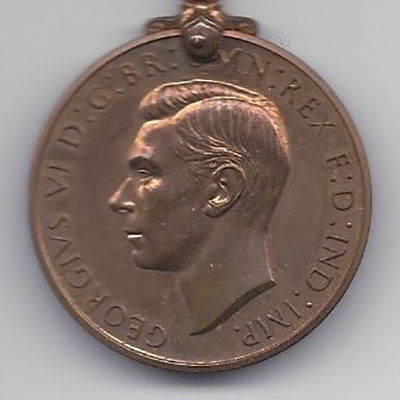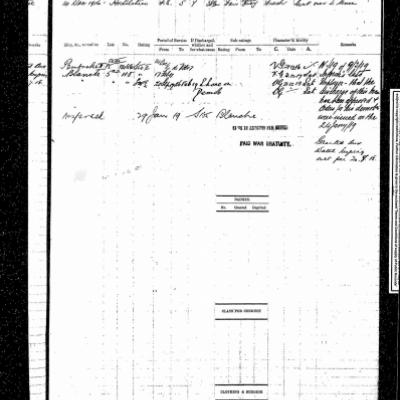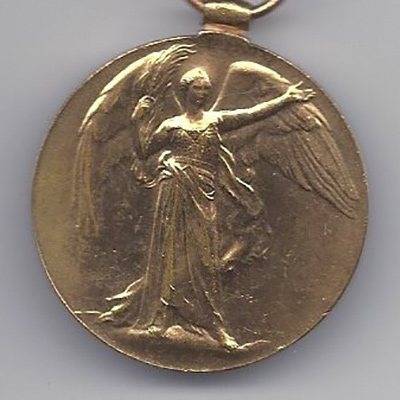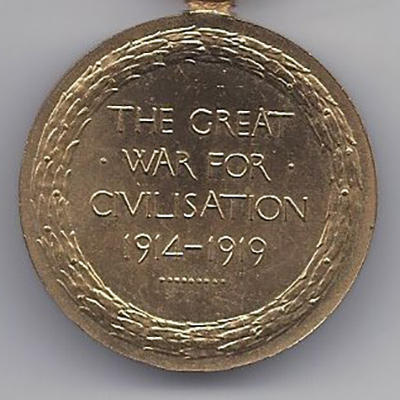WW1 Armistice Exhibition - Basil Croucher Artefacts
Basil Croucher Artefacts
All items kindly loaned by Graham and Janet Croucher.
Please click on the images below to enlarge.
Other pages in this section:
Artefacts - Basil Croucher - Hugh Thoburn - Post cards 1 - Post cards 2 - Posters - Installation - Videos
Medal Notes:
British War medal
Established on 26th July 1919. Also known as 'Squeak'.
The silver or bronze medal was awarded to officers and men of the British and Imperial Forces who either entered a theatre of war or entered service overseas between 5th August 1914 and 11th November 1918 inclusive. This was later extended to services in Russia, Siberia and some other areas in 1919 and 1920.
Approximately 6.5 million British War Medals were issued. Approximately 6.4 million of these were the silver versions of this medal. Around 110,000 of a bronze version were issued mainly to Chinese, Maltese and Indian Labour Corps. The front (obv or obverse) of the medal depicts the head of George V.
The recipient's service number, rank, name and unit was impressed on the rim.
Allied Victory medal
Also known as 'Wilfred'. It was decided that each of the allies should each issue their own bronze victory medal with a similar design, similar equivalent wording and identical ribbon.
The British medal was designed by W. McMillan. The front depicts a winged classical figure representing victory. Approximately 5.7 million victory medals were issued. Interestingly, eligibility for this medal was more restrictive and not everyone who received the British War Medal ('Squeak') also received the Victory Medal ('Wilfred'). However, in general, all recipients of 'Wilfred' also received 'Squeak' and all recipients of 'Pip' also received both 'Squeak' and 'Wilfred'.
The recipient's service number, rank, name and unit was impressed on the rim.
(note on Pip Squeak and Wilfred)
Pip, Squeak and Wilfred are the affectionate names given to the three WW1 campaign medals — The 1914 Star or 1914-15 Star, British War Medal and Victory Medal respectively. These medals were primarily awarded to the Old Contemptibles (B.E.F.). and by convention all three medals are worn together and in the same order from left to right when viewed from the front. The set of three medals or at least the British War Medal and the Victory Medal are the most likely medals to be found among family heirlooms.
When the WW1 medals were issued in the 1920's it coincided with a popular comic strip published by the Daily Mirror newspaper. It was written by Bertram J. Lamb (Uncle Dick), and drawn by the cartoonist Austin Bowen Payne (A.B. Payne). Pip was the dog, Squeak the penguin and Wilfred the young rabbit. It is believed that A. B. Payne's batman during the war had been nicknamed “Pip-squeak” and this is where the idea for the names of the dog and penguin came from. For some reason the three names of the characters became associated with the three campaign medals being issued at that time to many thousands of returning servicemen, and they stuck.
Mutt and Jeff - In a similar vein when only the British War Medal and Victory Medal are on display together they are sometimes known as “Mutt and Jeff”.
Lusitania medal (British replica) and explanation
The original German version was made shortly after the sinking. Believed to have originated in Munich the medal was cast in iron and was 2.25 inches in diameter and weighed 1.5 ounces. The designer was Karl Goetz, creator of many medallions, and the initials K.G. are clearly visible on the obverse. Just how many of the German originals of the medal were struck is not clear but it is doubtful whether these exceeded more than a few hundred. The message they conveyed had a boomerang effect and the British authorities, in agreeing to the production of 250,000 copies to be sold in aid of St. Dunstan, saw in it a damning commentary on the ruthlessness of the German war machine. This point was emphasised in the wording on the box in which the British copies were issued. There could be no doubt about the callousness of the enemy. The British replicas were sold at a shilling each, in an attractive cardboard presentation box with a hinged lid. The proceeds were directed to St Dunstan’s Blinded Soldiers and Sailors Hostels and the Red Cross. This is the British replica as the spelling of May is with a Y whereas the German versions are spelled with an I.
Special Constable medal
The medal was awarded to Special Constables who were recommended by the Chief Officer of Police of the department in which they serve so long as they have served for at least nine years, and willingly and competently discharged their duty as a Special Constable. Years of service during World War I from 1914 to 1918 and service during World War II from 3 September 1939 to 31 December 1945 are counted as triple.
- copyright © 2024
- Site by lancefrench.com
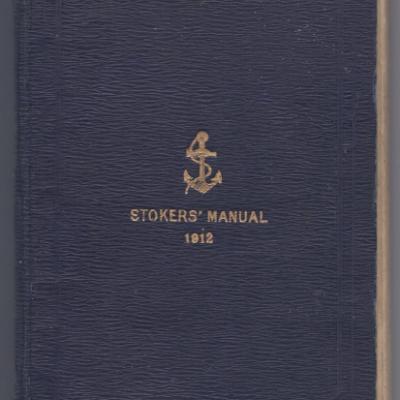
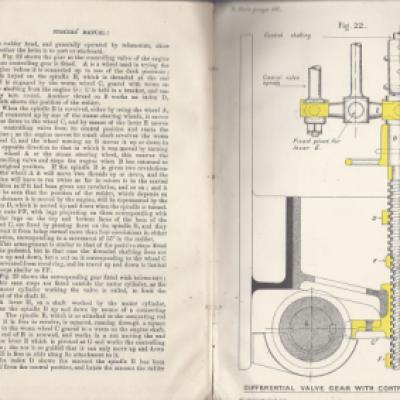
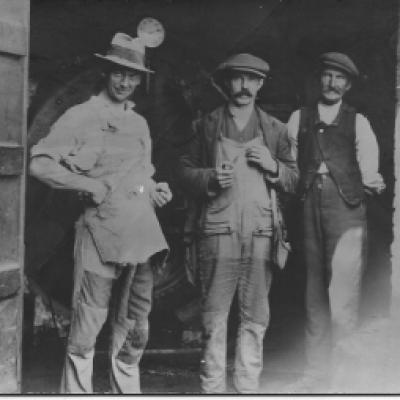
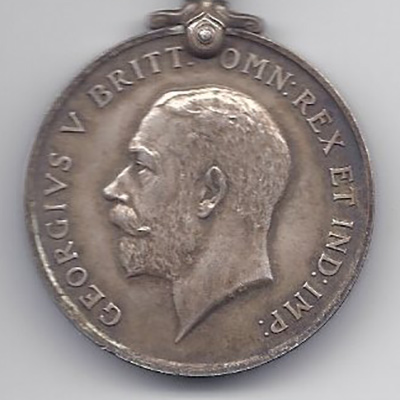
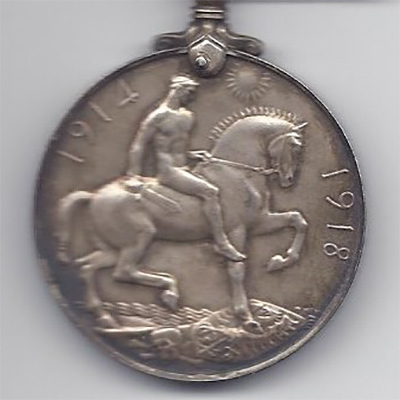
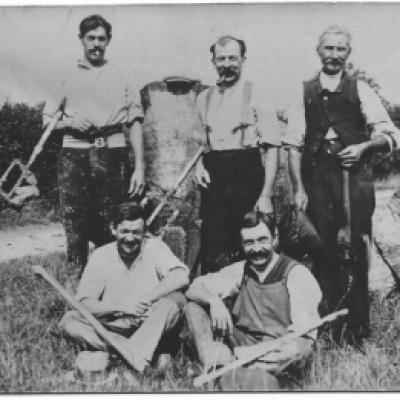
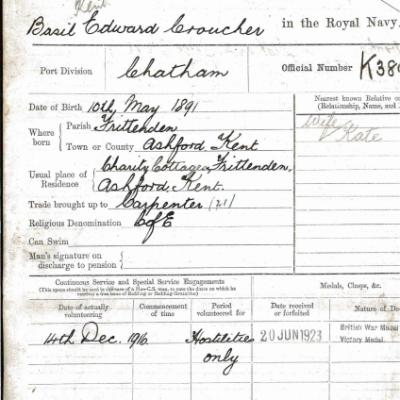
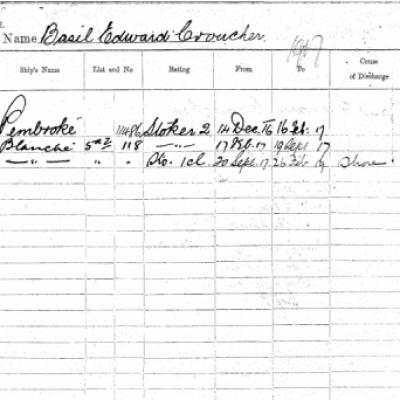
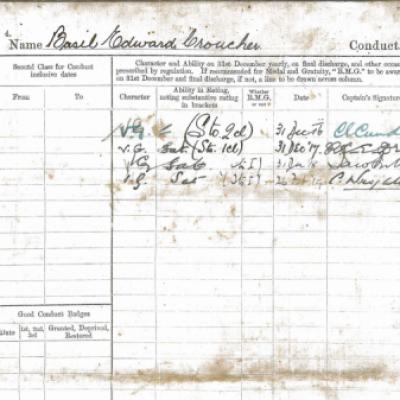
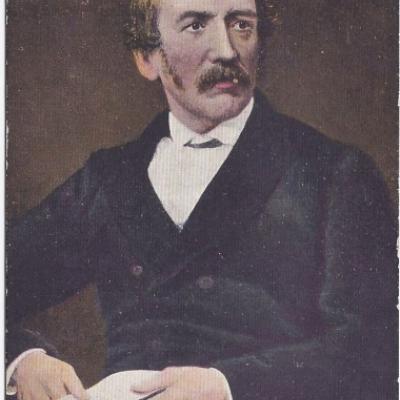
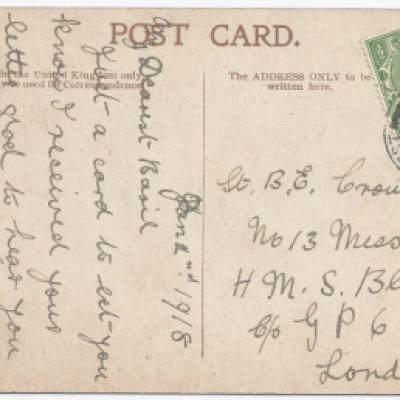
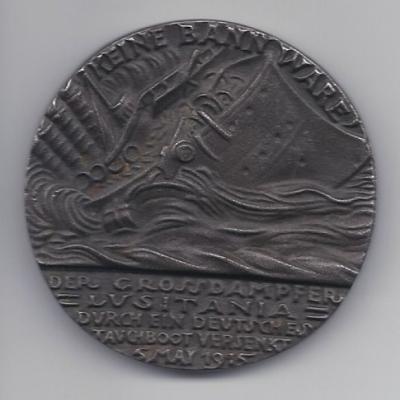
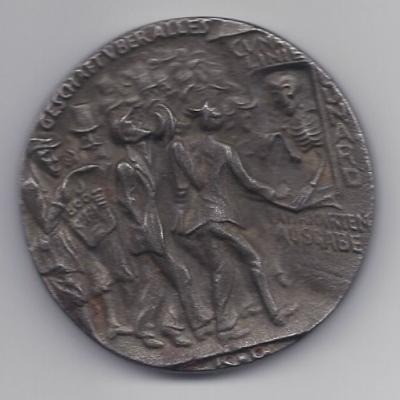
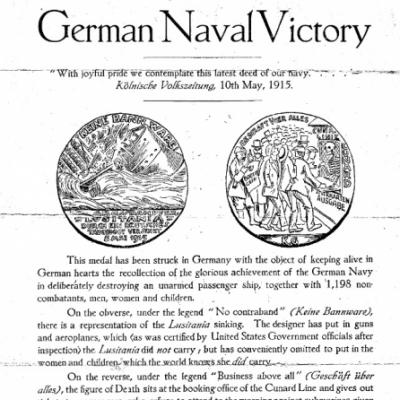
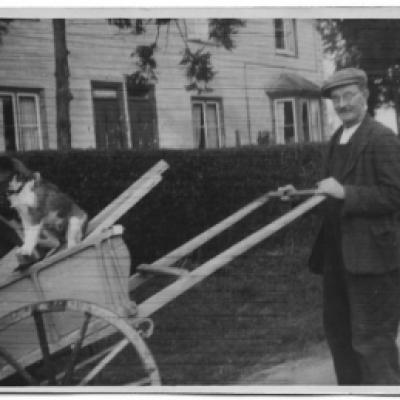
.jpg)
